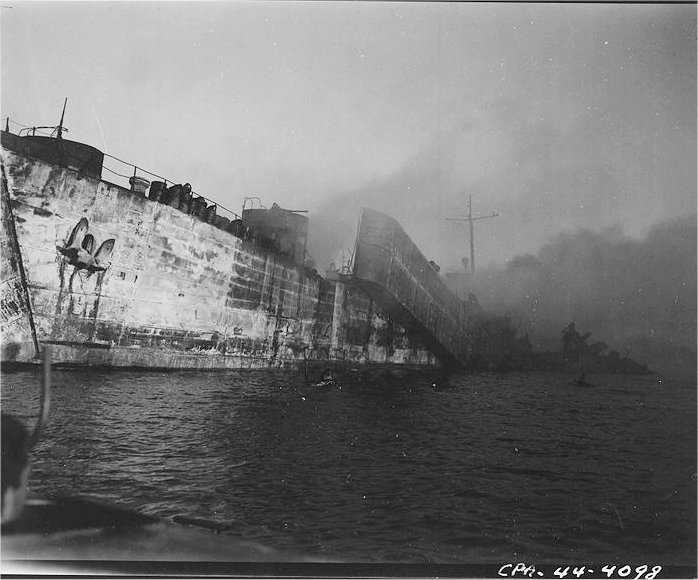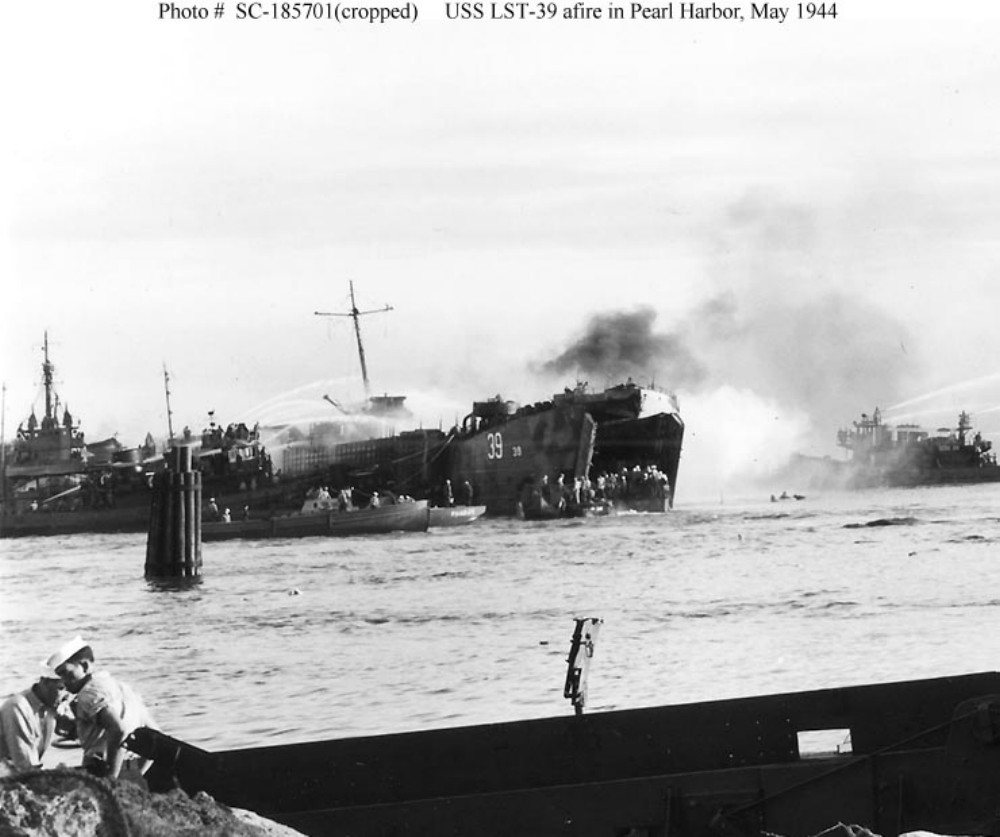The first Royal Hawaiian Hotel was not in Waikīkī. It was in downtown Honolulu where the “One Capitol District” building now stands. By the 1900s, the Royal Hawaiian lost its guests to the newer Alexander Young hotel a few blocks away.
The downtown Royal Hawaiian was converted to a YMCA building in 1917. The building was demolished in 1926, and a new YMCA in a similar style was built in its place.
For centuries, Helumoa in Waikīkī was the home to Hawaiʻi’s royalty. Portions of this area would eventually become the home to the new Royal Hawaiian Hotel.
In the 1890s, the property was leased as a seaside annex to the downtown Royal Hawaiian Hotel located at Richards and Hotel streets.
In 1907, the Seaside Hotel opened on the property, and was later acquired by Alexander Young’s Territorial Hotel Company, which operated the Alexander Young hotel in downtown Honolulu.
In 1924, the Seaside Hotel’s lease of the land at Helumoa was soon to expire and the land’s owners (Bishop Estate) put out a request for proposals to build a hotel.
This was the time before flight; Matson Navigation Co. had luxury ocean liners bringing wealthy tourists to Hawaii – but, they needed a hotel equally lavish to accommodate their passengers at Waikīkī (at that time, the 650 passengers arriving in Honolulu every two weeks were typically staying at Hawaiʻi’s two largest hotels, the Alexander Hotel and the Moana.)
The availability of the Waikīkī land began putting wheels into motion. A new hotel was planned and conceived as a luxurious resort for Matson passengers, the brainchild of Ed Tenney (who headed the “big five” firm of Castle and Cooke and Matson Navigation) and Matson manager William Roth (son-in-law to William Matson founder of Matson Navigation.)
Castle & Cooke, Matson Navigation and the Territorial Hotel Company successfully proposed a plan to build a luxury hotel, The Royal Hawaiian, with 400 rooms on the 15-acre parcel of Waikiki beach to be leased from Bishop Estate.
The ground-breaking ceremony took place on July 26, 1925. However, the official building permits were delayed while city officials changed the building code to allow increased building heights. After $4 million and 18 months, the resort was completed.
On February 1, 1927, the Royal Hawaiian (nicknamed The Pink Palace) was officially opened with the gala event of the decade. At the same time, and associated with the hotel, the Territorial Hotel Co opened the Waiʻalae Golf Course.
Duke Kahanamoku, the legendary Olympic swimmer and surfer, frequented the Royal Hawaiian Hotel restaurants and private beachfront. The Royal Hawaiian Hotel became a favorite stomping ground for Kahanamoku’s famed group, dubbed the “Waikiki Beach Boys”.
Over the following decades, the Royal Hawaiian was THE place to stay and the Pink Palace hosted world celebrities, financiers, heads of state and the elite from around the world.
World War II, with its associated martial law and blackout measures, meant significant changes at the Royal Hawaiian. In January of 1942, the U.S. Navy signed a lease with the Royal Hawaiian to use the facilities as a rest and relaxation center for officers and enlisted personnel serving in the Pacific.
During the war, over 200,000 men stayed at the Royal Hawaiian. Each day as many as 5,500 service-related visitors (most of who were not staying at the hotel) passed through the front gates to enjoy the beach or social activities.
At the conclusion of World War II, the hotel was given a makeover to restore her to the level of luxury her guests would expect.
ITT Sheraton purchased The Royal Hawaiian from Matson in June 1959. The Royal Tower Wing was added to the existing structure in 1969. The resort was sold in 1974 to Kyo-ya Company, Ltd., with Starwood Hotels & Resorts operating it under a long-term management contract.
In 2008, the Royal Hawaiian again underwent significant renovation (to the tune of $85-million) and held its official grand reopening on March 7, 2009. The Tower section was renovated yet again in November 2010 and reopened as The Royal Beach Tower with upgraded rooms.
Why the color pink? Bob Krauss once reported that the Royal Hawaiian’s pink color is due to the typically pink-painted homes in Lisbon, Portugal.
Friends of William Roth (Kimo and Sarah Wilder) had visited Lisbon and upon returning repainted their home pink with blue-green shutters. Roth commented, “I love what you’ve done to your house. Can I paint my hotel the same color?”






























